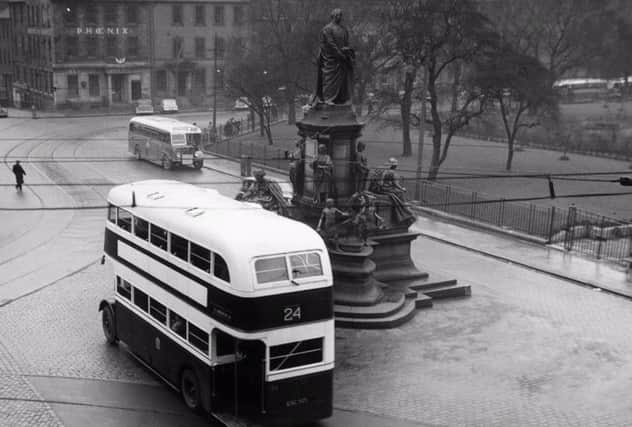Scottish Flashback: St Andrew Square, Edinburgh


However, it used to look very different, as made evident from this picture of the square, taken on January 26, 1953.
A bus can be seen passing the Gladstone Memorial at the junction with George Street - the monument was later moved to Coates Crescent at the west end of the city centre - while the building in the back was home to Phoenix Assurance, founded in 1786 and now part of Phoenix Life Limited.
Advertisement
Hide AdBeneath the eastern streets of the square lies the long disused Scotland Street tunnel, built in 1847 as part of the Edinburgh, Leith and Newhaven railway.
Many famous Scots have lived in St Andrew Square in the past.
No 21 was the birthplace of Lord Henry Brougham, who later became Lord Chancellor of Great Britain while David Hume, the philosopher and economist also stayed in the square.
Hume was persuaded to move there by his friend, architect Robert Adam, who felt that the philosopher’s residency would encourage others to move from the Old Town to the New Town.
At No 26, architect Sir William Chambers - who designed the Dunmore Pineapple, Somerset House and Dundas House on the east side of St Andrew Square - had his home.